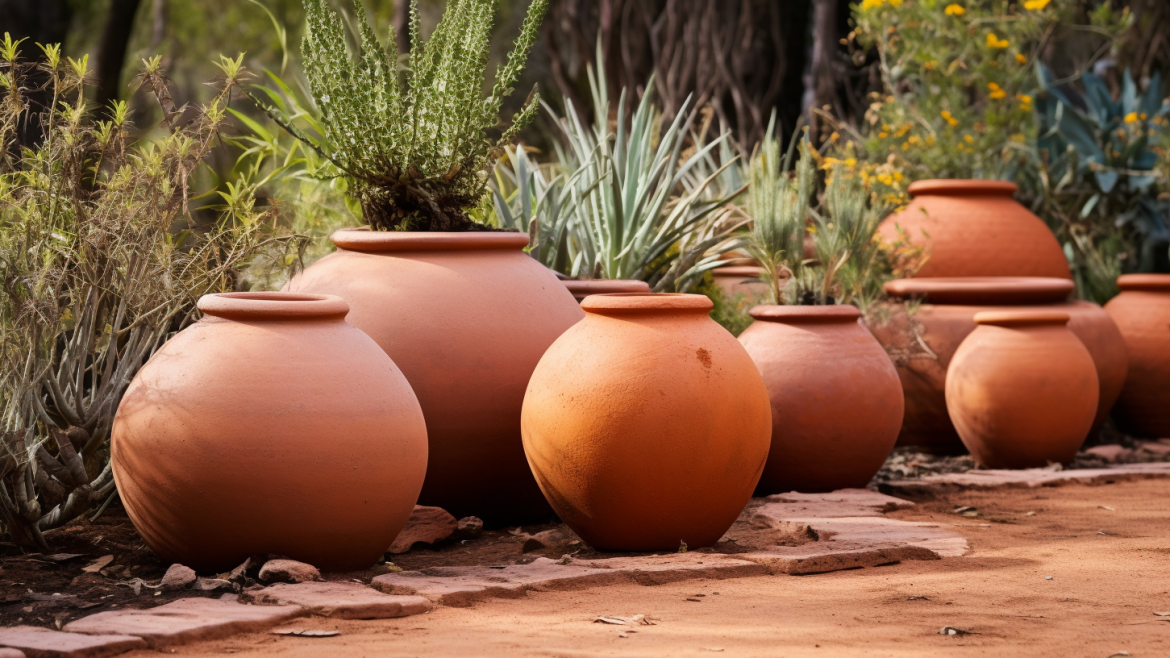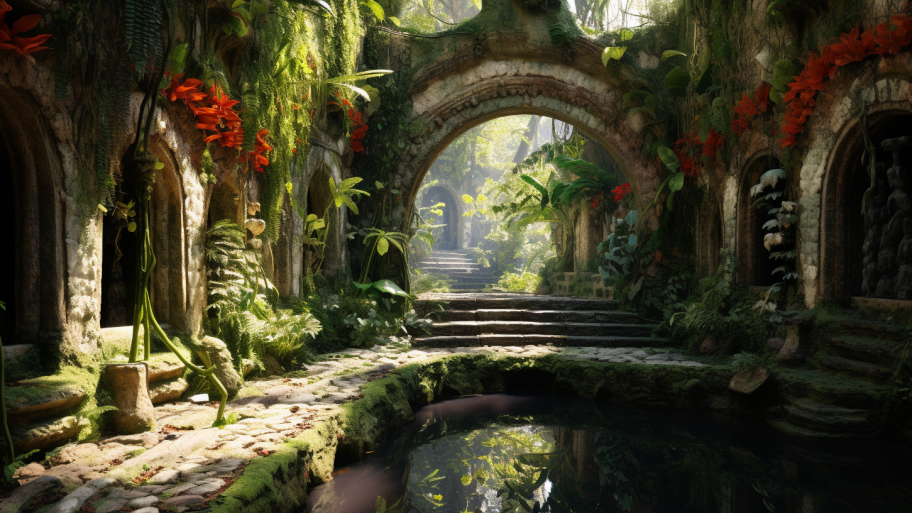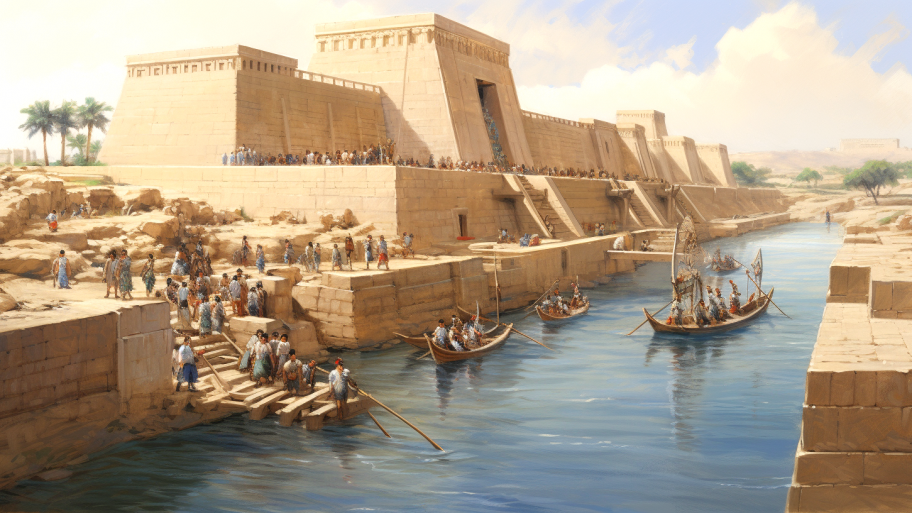In today’s world, water scarcity is becoming an increasingly pressing concern. As gardeners and environmental enthusiasts, we are always on the lookout for sustainable, efficient, and eco-friendly practices that can help us conserve this precious resource. Olla irrigation, an age-old technique with roots in ancient civilizations, is one such method that offers a practical, low-tech solution to modern-day water conservation challenges. In this article, we’ll explore the origins and cultural significance of this time-tested water-saving technique, and set the stage for understanding the science and practical applications of Olla irrigation in your own garden.1 2 3
Introduction to Olla Irrigation
Olla irrigation is a traditional watering method that relies on the use of unglazed clay pots buried in the ground to provide a slow, steady release of water to plant roots. The term “olla” (pronounced “oy-ya”) is derived from the Spanish word for “pot” and pays homage to the technique’s widespread use in arid regions of Spain and Mexico. Ollas are typically filled with water and sealed with a lid, and their porous clay walls allow water to seep into the surrounding soil, delivering it directly to the plants’ roots. This simple yet ingenious method minimizes water loss to evaporation and run-off, ensuring that your plants receive the moisture they need without wasting water.4 5 6
The History and Cultural Significance of Olla Irrigation
While the use of ollas for irrigation is often associated with Spanish and Mexican cultures, the technique’s origins can be traced back even further to ancient civilizations in Northern Africa and the Middle East. In fact, evidence of olla irrigation has been found in archaeological sites dating back over 4,000 years.7 8
The practice of using buried clay pots for irrigation was widespread among ancient societies living in arid regions, where water was a scarce and valuable commodity. In these communities, efficient water management was crucial to survival, and olla irrigation was a practical solution that allowed them to make the most of their limited water resources.9 10
Over time, the technique was adopted by various cultures around the world, each adapting and refining the method to suit their specific needs and local environments. For example, the indigenous peoples of the American Southwest developed their own version of olla irrigation using large, unglazed ceramic vessels known as “olla de barro”.11
The enduring appeal of olla irrigation can be attributed to its simplicity and effectiveness. It is a testament to the ingenuity of our ancestors, who were able to devise a sustainable and efficient irrigation method that remains relevant and useful even in today’s modern world.
In the next article, “Nature’s Magic Trick: The Science and Perks of Olla Irrigation Revealed,” we’ll delve deeper into the fascinating mechanics of how Olla irrigation works, and explore the environmental and practical advantages that make it an ideal choice for gardeners seeking to conserve water and nurture thriving plants. By understanding the science behind this ancient technique, you’ll be well-equipped to implement Olla irrigation in your own garden, harnessing the wisdom of the past to create a more sustainable and water-wise future. Join us on this exciting journey to unearth the secrets of Olla irrigation and unlock its full potential for your garden.




